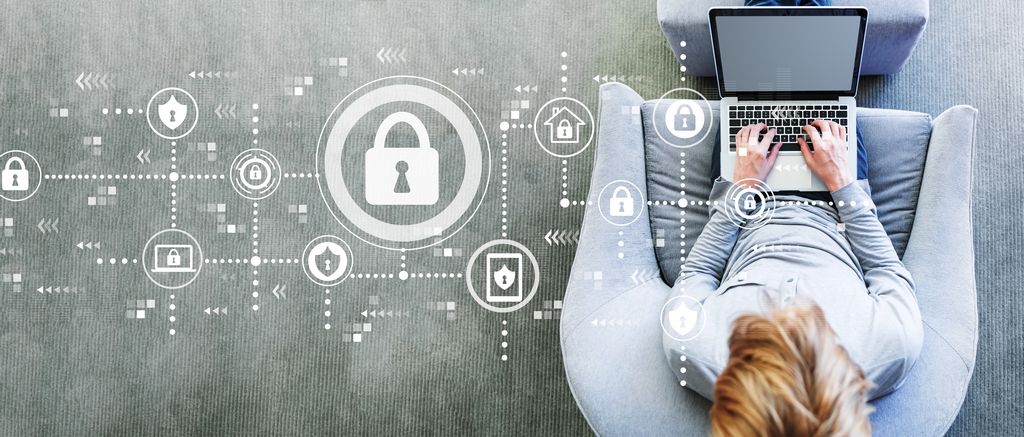At the beginning of the pandemic, we saw targeted attacks and the educational community was no exception. If this sector does not secure its data and communications with the increase of online learning it could become an important target. Schools and teachers must consider authentication, access control, data integrity, and content protection to keep their courses and students safe when it comes to online education.
The rise of cybercriminals’ interest in going back to school Parental concerns are normal. However, Check Point researchers wanted to take a closer look at the data from the last 3 months to examine cybercriminals’ interest in going back to school. The data is alarming, since more than 35,149 new domains have been registered on the subject of the return to schools in the last 3 months. Of these, 512 were considered malicious, and another 3,401 suspected of being.
In fact, in June of last year, the FBI alerted K-12 (elementary and high school) in the United States to the increase in ransomware attacks during the coronavirus pandemic, including attacks that took advantage of the connections of the Remote Desktop Protocol (RDP) for accessing school systems.
But why do they target education systems? Well … Cybercriminals see the education sector as a target because schools possess valuable personal data. As more elementary schools rely on web platforms and applications to facilitate remote learning, they are increasingly vulnerable to attack, and the best thing to do is:
Tips to get a safe online education
▸Adopt risk-based vulnerability management practices
First things first, schools must adopt a risk-based vulnerability management program that allows them to continuously monitor the network in real time.
▸Take advantage of specifically designed web application solutions
Schools can greatly benefit from leveraging solutions dedicated to protecting commonly used web applications. These solutions should provide a security context and guidance against high-risk web application users.
▸Follow cybersecurity practices
To reduce cyber risk, schools must commit to constantly patching and updating systems and applications, as well as taking advantage of strong authentication. This may mean maintaining unique passwords for access to students ‘and teachers’ digital accounts in order to reduce the likelihood of being attacked.




[…] topics:Cyber risks for the online educationApache HTTP Server and its vulnerabilitesWindows 10 vulnerabilities that have been […]